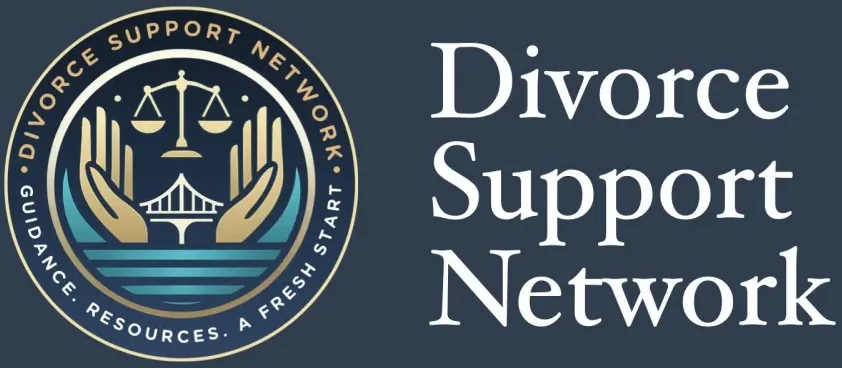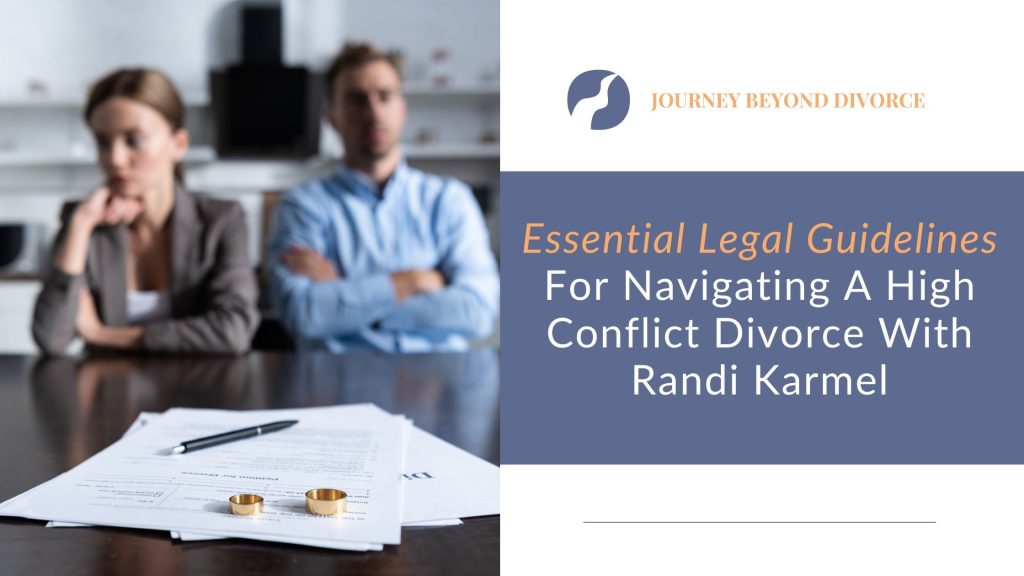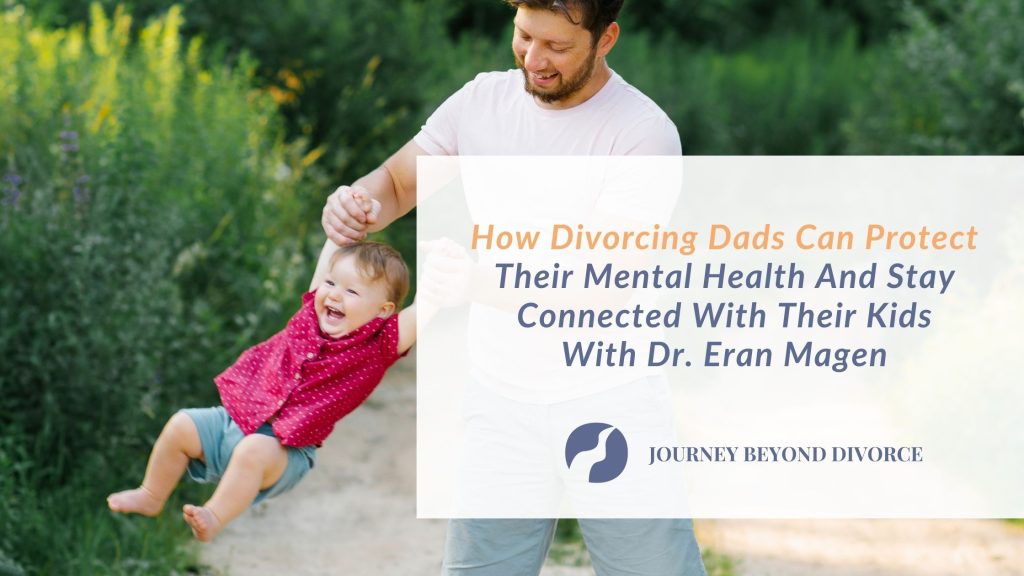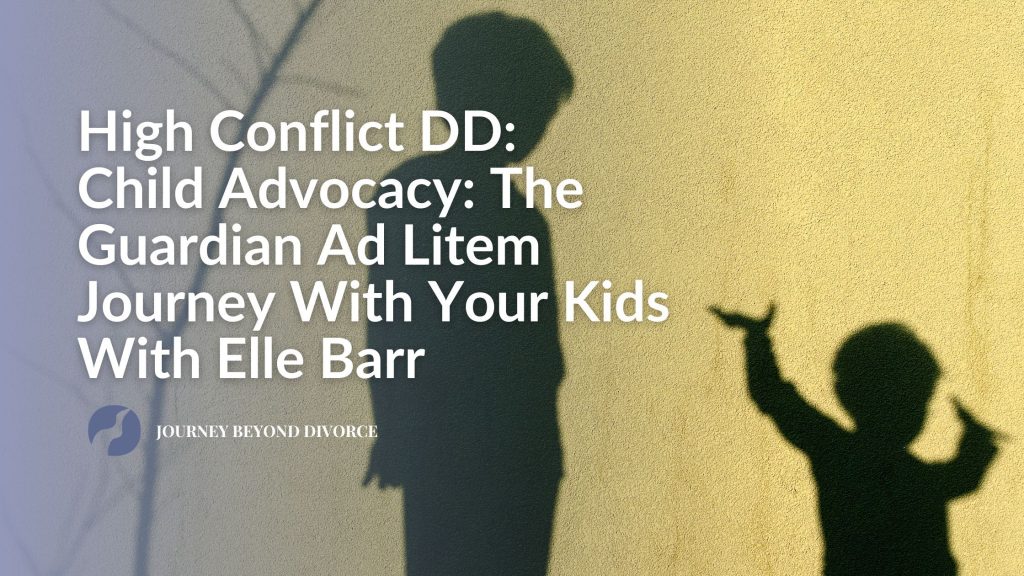Mediation and Legal Resources: Understanding Your Options During Divorce

The legal side of divorce can feel overwhelming — especially if you’ve never been through anything like it before. You may have heard horror stories about courtroom battles, drawn-out cases, and costs that spiral out of control. But here’s the truth: divorce doesn’t always have to be a fight. And it doesn’t always have to happen in a courtroom.
There are different ways to legally end a marriage, and understanding your options is the first step in making empowered decisions. This isn’t just about the paperwork. It’s about protecting your future and choosing a process that fits your situation, your values, and your capacity.
Many people start with an uncontested divorce, which is typically the most straightforward option. In an uncontested divorce, both parties agree on the key issues — things like dividing property, sharing custody, and managing finances — and simply need to formalize the agreement through the court. This option tends to be faster, less expensive, and lower in stress, especially when both people are willing to cooperate.
If you don’t agree on everything, or if communication has broken down, then you may be looking at a contested divorce. This route usually involves attorneys and court proceedings, and while it can feel intimidating, sometimes it’s necessary — especially in cases where safety, fairness, or accountability are at risk.
There are also middle paths that offer more collaboration and control. Mediation is one of the most common alternatives to traditional divorce litigation. In mediation, you and your spouse work with a neutral third party — the mediator — to reach agreements on the terms of your divorce. Mediators don’t take sides. They’re not there to hand down decisions, but rather to help both people express their needs, work through conflict, and create solutions together. This process is private, often more affordable, and can be completed without ever stepping foot in a courtroom.
Collaborative divorce is another approach that focuses on keeping things respectful and out of court. In this process, each person hires an attorney trained in collaborative law, and the group works as a team — sometimes including therapists, financial advisors, or child specialists — to resolve everything through conversation and compromise. This method isn’t for everyone, but when both people are committed to working together, it can lead to healthier long-term outcomes.
It’s also important to know when collaboration isn’t the right path. If you’re dealing with emotional abuse, manipulation, or high-conflict dynamics, it may not be safe or realistic to sit down at a table together. In those situations, your priority is to protect yourself and your children. You deserve a lawyer who understands how to navigate these dynamics and who will advocate for you every step of the way. Legal support isn’t about escalating conflict — it’s about ensuring that your voice is heard and your rights are respected.
Whether your divorce is simple or complicated, peaceful or contentious, talking to a lawyer — even just once — can give you clarity and confidence. A consultation can help you understand your options, flag any potential issues, and make sure you’re not missing anything important. If money is tight, don’t let that stop you from getting help. Many cities offer legal aid, sliding scale rates, or pro bono services through nonprofit organizations or family law clinics.
No matter which legal path you take, remember that you don’t have to figure it out overnight. You don’t have to know the difference between a subpoena and a stipulation. You just have to know that help exists — and that you have a right to access it.
At Divorce Support Network, we connect people to lawyers, mediators, and professionals who actually listen. We offer real-world tools, referrals, and support to help you choose the path that’s right for you — not just legally, but emotionally and practically, too.
Divorce can be the start of a better, calmer, more empowered chapter of your life. And we’re here to help you get there.





